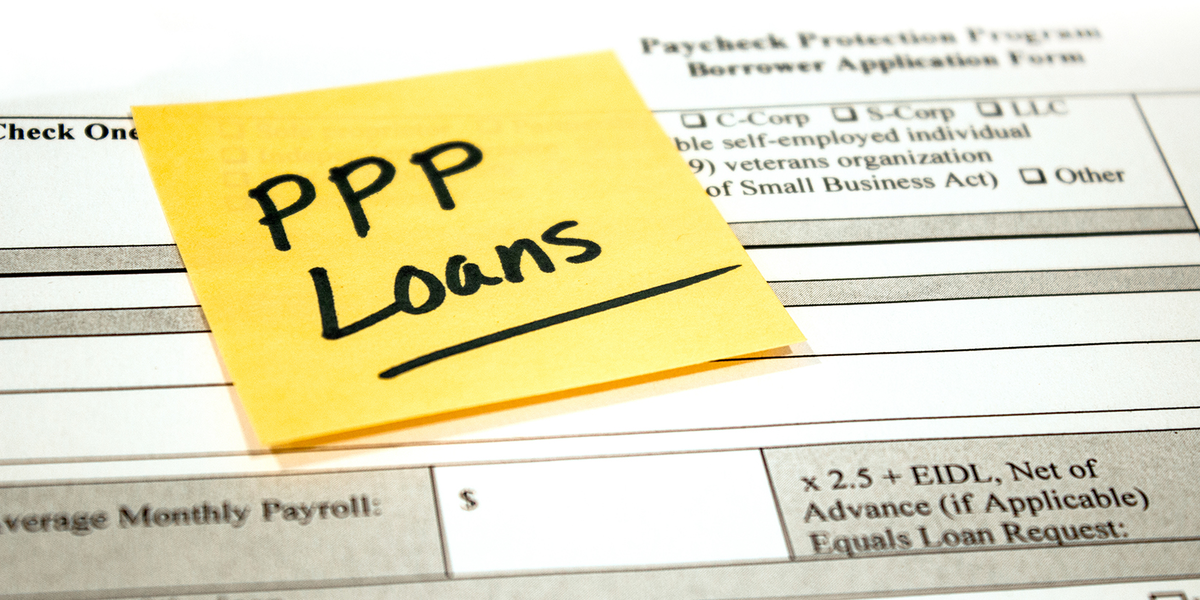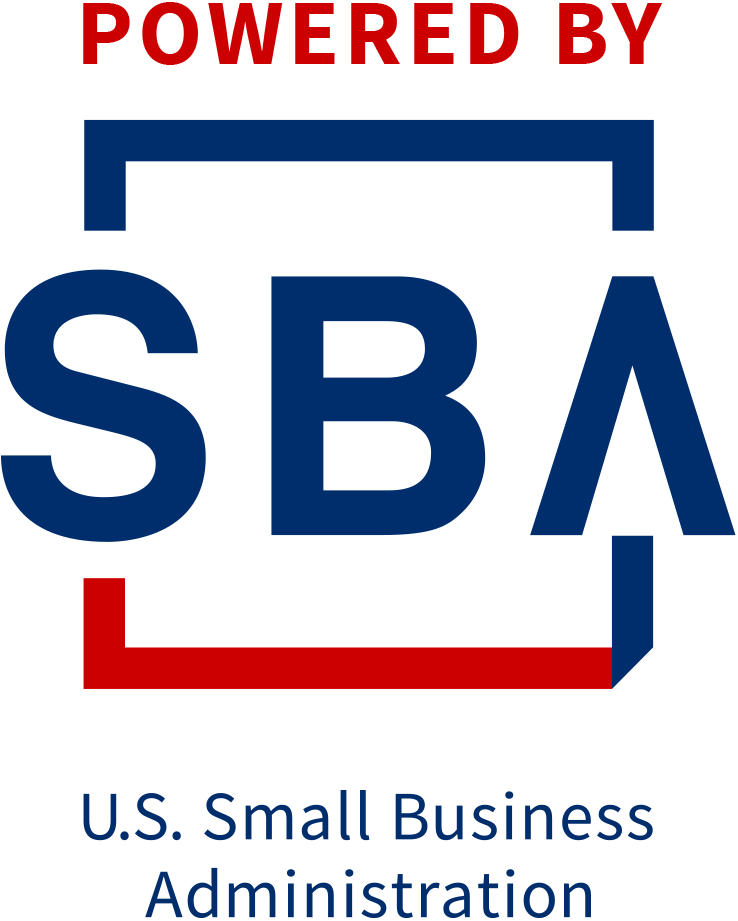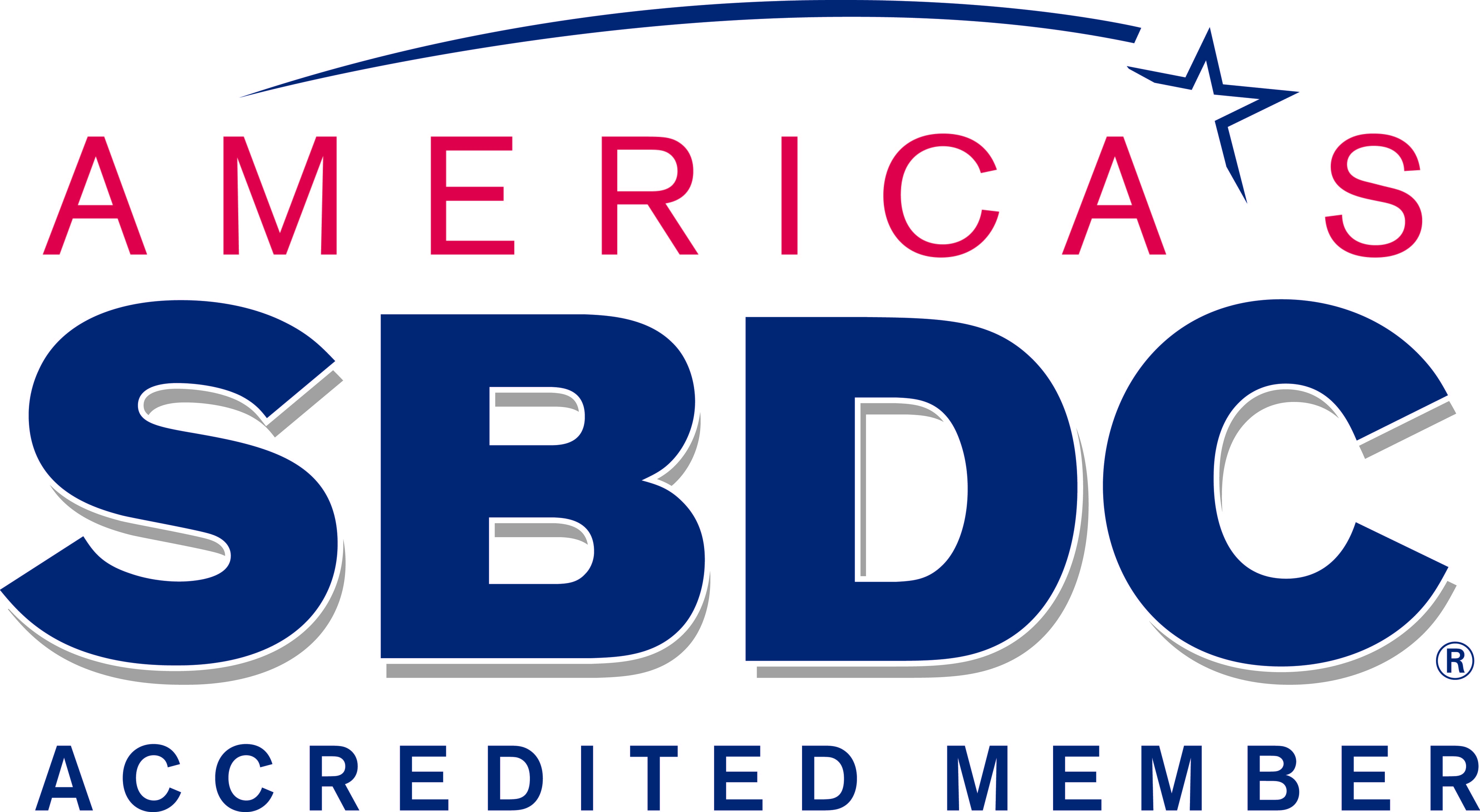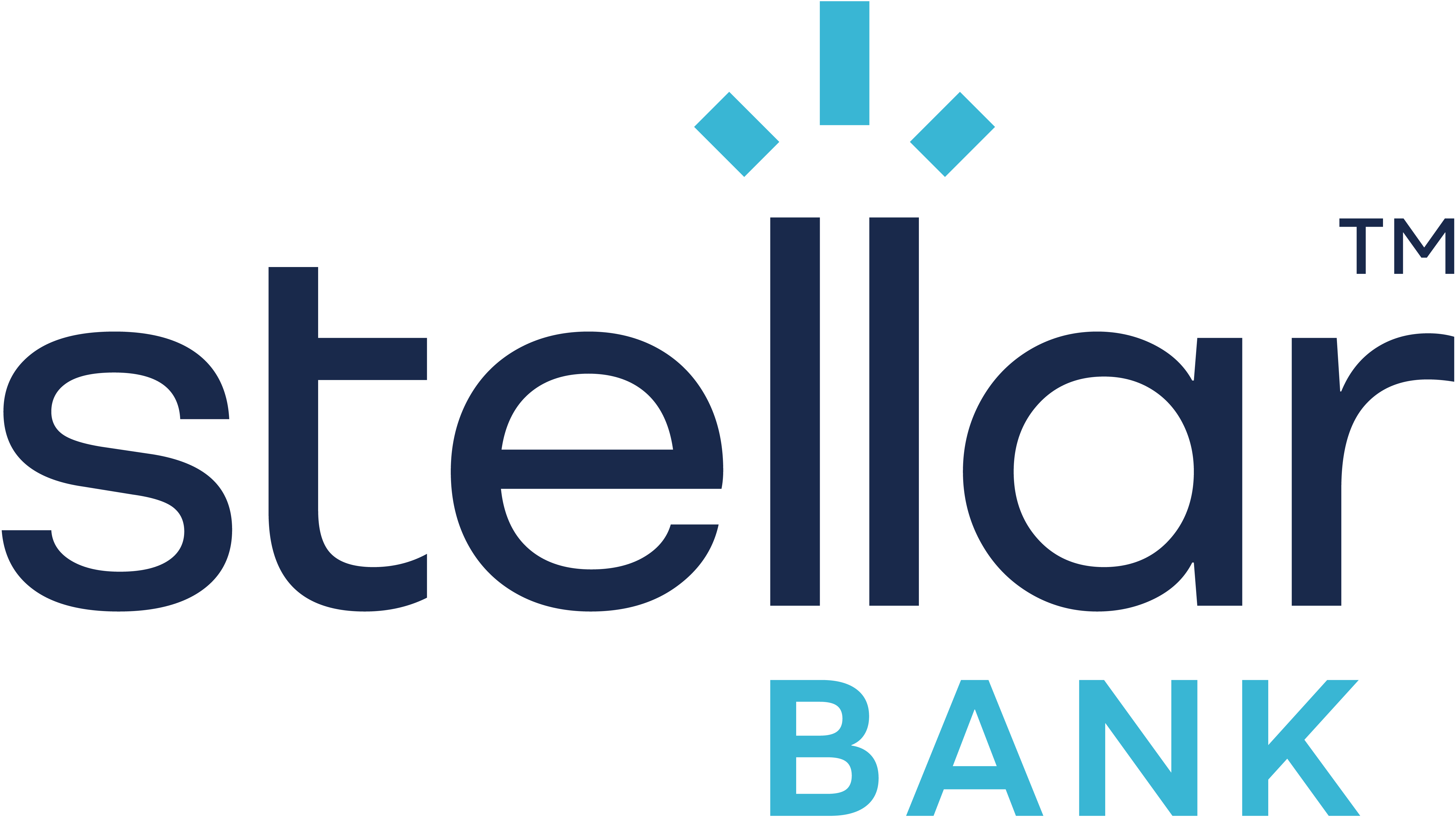PPP Extended To Aug. 8, SBA Releases Loan Data
By Toni Carter

Following the economic shutdown caused by the coronavirus pandemic, President Trump signed legislation on July 4 extending the life of the Paycheck Protection Program (PPP) until Aug. 8.
The original deadline to apply for the PPP loan was June 30, but out of $660 billion allocated, $130 billion still remained in the fund. Small businesses now have more than five weeks beyond the original June 30 deadline to access the program's remaining funds. Both houses of Congress approved the extension unanimously earlier this week, and President Trump's signature sealed the deal.
The PPP lets businesses get direct government subsidies for business expenses such as payroll, rent, utilities and other costs. The subsidies come as federal loans, but those loans can be forgiven if businesses use at least 60 pecent of the funds for payroll.
So far, the PPP program has distributed about $520 billion in loans to nearly five million small businesses across the nation. The loan program was designed to enable businesses to cover about two and a half months of typical business expenses.
On July 6, the Small Business Administration (SBA) released data on nearly 700,000 small businesses and nonprofits that received loans issued through the program.
According to the Washington Post, the data shows that $521 billion in loans was issued, with an average loan size of $107,000. Treasury and SBA officials, relying on the self-reported data provided by borrowers, said that the PPP has helped support around 51 million jobs, which account for 84 percent of all employees working at small businesses, based on Census Bureau data. According to the Post, roughly half the money went to employers in five industries: health care and social assistance (12.9); professional and technical services (12.7 percent); construction (12.4 percent); manufacturing (10.3 percent); and hotels, restaurants and other hospitality and food service employers (8.1 percent).
The PPP was one of the most prominent provisions of the Coronavirus Aid,Relief and Economic Security Act (CARES Act), which was enacted on March 27.
If you need to apply for the PPP, see the PPP Borrower Application Form. For guidance, tune into a free, live SBDC webinar, as CPA Julie Gilmer will explain the PPP forgiveness process, which includes the requirements for receiving PPP loan forgiveness. She will also share accounting tips for justifying forgiveness. Register here.







